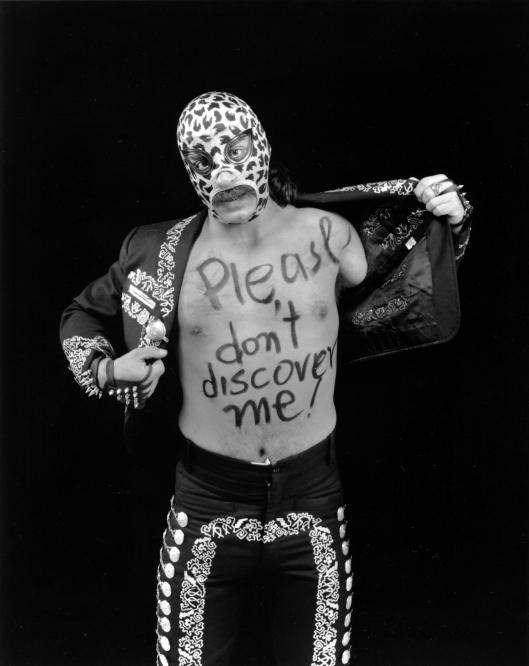
What is performance art ? It is a time-based art form rather than a permanent artistic gesture that has a beginning and end. The artist forces the audience to be in the present thus challenging them to participate while educating them about current conditions.
The orgins of performance art dates back to the Middle Ages with the traveling troubadours and performances of the court minstrels, but really grew into existence in the 20th century with movements such as Dada, Futurism, Automatism, Noveau Realisme, Fluxus, Neo-Dada, Body Art and Feminist Art. It became a movement in the late 1950’s and early 1960’s. Performance art is not a passive art but, an “action” art that focused on the “message” expressed by the performance artist. Below are two examples of performance artists that have succeeded in this art medium.
Marina Abramovic bursted onto the scene in the 1970’s with “cathartic performances that tested the limits of spectator participation and personal safety (“Between 1973-1974”, 2015). She used her own body as art. Rhythm 10 is an excellent example of this and her first performance piece. For this particular performance she used 20 knives of different sizes and shapes and adapted the slavic knife game called “five finger fillet”. This game lasted till each knife was used twice. Another example is Rhythm 0, which was the last performance of the Rhythm Series that involved her objectifying her body for an audience that gradually became aggressive. This performance lasted for 6 hours and involved the audience to do whatever they wanted with her body that included the use of the 72 objects provided. Her emotionally and physically challenging performance pieces have been highly influential in performance art and earned her the title of “grandmother of performance art”.
Guillermo Gómez-Peña is another performance artist. He came onto the art scene in the 1980’s and incorporates activism into his pieces. In 1992, his most notable work came out which is titled Couple in The Cage: Two Amerindians Visit the West in collaboration with Coco Fusco. It was about responding to the widespread commemoration of the 500-year anniversary of Columbus’s arrival to the Americans while focusing on colonial ideas regarding the exploitation, captivity, and abuse of indigenous people. What Gómez-Peña notice was that the audience still held onto these colonial ideas of Western thought towards non-Western cultures and that they need to let go of these mentalities.
As an activist, much of his work is about erasing the divide between art and politics. His most current work to date is the perfect example of this: The Most (un) Documented Mexican Artist performed at Los Angles Contemporary Exhibitions. In this particular piece, he presents an eclectic perspective on the prompt future of the Americans.
As you can see, both of these artists have used their art to teach society about itself, hoping to point out the attitudes and mindsets of the current society we live in. Finally, art is necessary for the advancement of civilization, thus letting go of outdated ideas can civilization be allowed to move on to a better world.
Other notable performance artists:
Joseph Beuys
Ana Mendieta
Works Cited:
Between 1973-1974, Abramović performed five pieces. (2015, February 10). Retrieved from https://blogs.uoregon.edu/marinaabramovic/category/rhythm-series/
Butler, Anne Marie. (2012, January 22). Performance Art Movement Overview and Analysis. Retreved from https://www.theartstory.org/movement/performance-art/artworks/#pnt_5
Lopez, Mia. (2014, October 14). A History of Revisionism: Contemporary Art and Columbus/Indigenous People’s Day. Retrieved from https://walkerart.org/magazine/a-history-of-revisionism-contemporary-art-and-columbusindigenous-peoples-day
Stromberg, Matt. (2018, February 14). “Welcome to a World Without Trump!”: Guillermo Gómez-Peña’s Latest Performance. Retrieved from https://hyperallergic.com/427085/the-most-un-documented-mexican-artist-guillermo-gomez-pena-lace/
